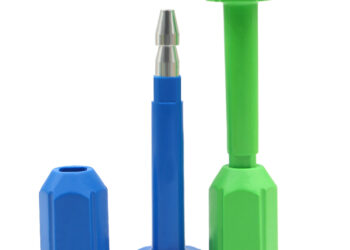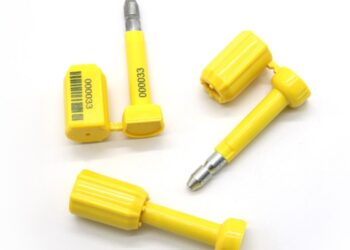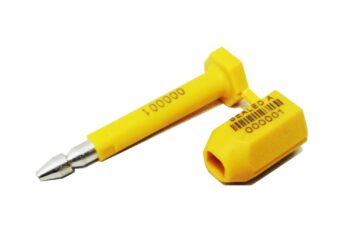ISO 17712 is an international standard that specifies requirements for high-security seals used in the shipping and transportation industries to secure containers, trucks, railcars, and other cargo-carrying units. These seals are designed to provide a higher level of security to prevent tampering, theft, and unauthorized access to valuable or sensitive goods during transit. The standard outlines specific criteria that these seals must meet to be considered high-security. Let’s delve into the requirements for ISO 17712 high-security seals in detail.
1. Strength and Durability:
High-security seals must be constructed using strong and durable materials that resist tampering attempts. The materials used should have the necessary tensile strength to withstand mechanical stress, cutting, and other tampering methods. Seals are often made from metal, such as steel or aluminum, and should be designed to withstand exposure to environmental factors like weather, humidity, and extreme temperatures.
2. Tamper Evident Design:
Seals must incorporate tamper-evident features that clearly indicate if the seal has been tampered with. These features can include self-locking mechanisms, intricate locking mechanisms that are difficult to duplicate, or mechanisms that visibly change upon tampering. Any attempt to breach the seal should result in visible and irreversible damage.
3. Unique Identification:
Each high-security seal must have a unique identification number or code that is permanently marked on the seal’s body. This number should be easily readable and allow for accurate tracking and tracing of the sealed cargo. The identification number helps prevent unauthorized duplication of seals and aids in maintaining a secure chain of custody.
4. Manufacturer Markings:
The seal should display the manufacturer’s name, logo, or some form of unique marking that indicates its origin. This helps to verify the authenticity of the seal and provides a way to trace it back to the manufacturer.
5. Security Features:
ISO 17712 high-security seals should incorporate additional security features beyond the tamper-evident design. These features can include holographic elements, special inks, or other unique identifiers that are difficult to replicate.
6. Tensile Strength Requirements:
The standard specifies minimum tensile strength requirements for the seal materials. The seal should be strong enough to resist attempts to break or cut it without leaving clear evidence of tampering. The required tensile strength varies based on the type of seal and its intended use.
7. Removal Attempts:
The seal should be designed in such a way that any attempt to forcibly remove it would be evident, leaving behind visible damage or indications of tampering.
8. Security Certification:
High-security seals meeting the requirements of ISO 17712 may undergo testing and certification by accredited organizations to ensure compliance. Certification helps provide confidence that the seals meet the necessary security standards.
9. Documentation and Record Keeping:
Manufacturers, suppliers, and users of high-security seals are expected to maintain proper documentation and records related to the seals’ production, distribution, and use. This documentation can aid in maintaining the security of the supply chain and tracking the movement of sealed cargo.
10. Compatibility with Inspection Equipment:
High-security seals should be compatible with commonly used inspection and monitoring equipment, allowing for efficient and accurate verification of seal integrity.
Conclusion:
ISO 17712 sets forth comprehensive requirements for high-security seals to ensure the safety and integrity of cargo during transportation. These requirements encompass the physical strength and design of the seals, tamper-evident features, unique identification, manufacturer markings, security features, tensile strength, removal attempts, security certification, documentation, and compatibility with inspection equipment. Adhering to these standards helps enhance the security of the global supply chain by deterring theft, tampering, and unauthorized access to valuable goods.











